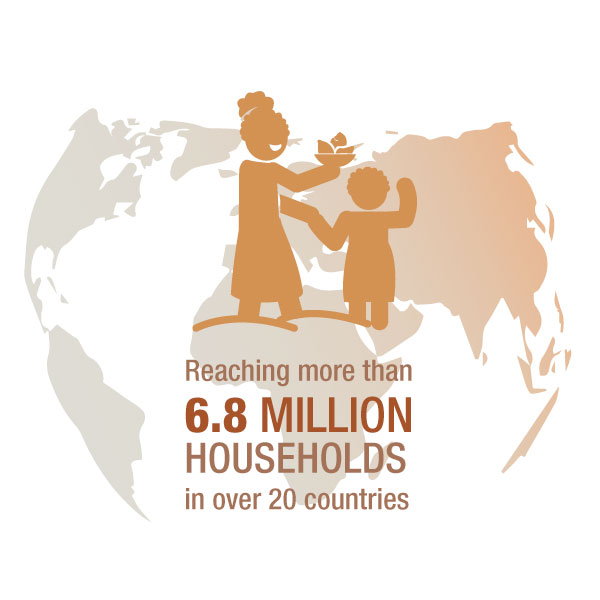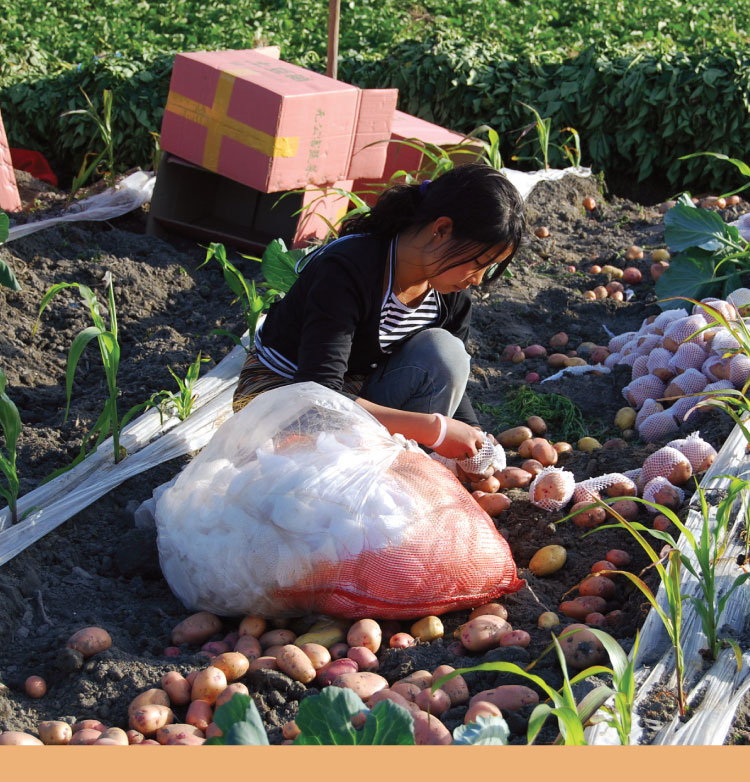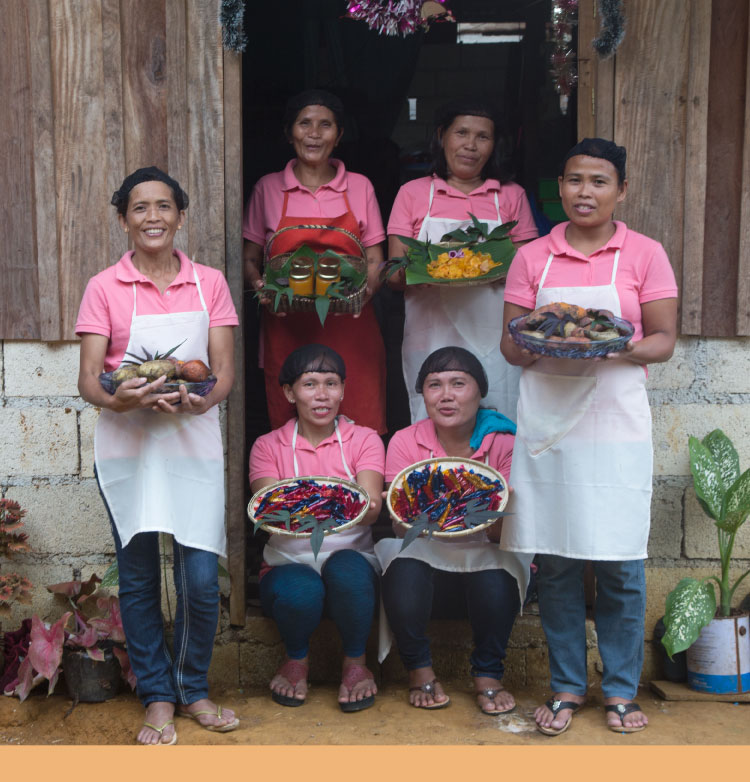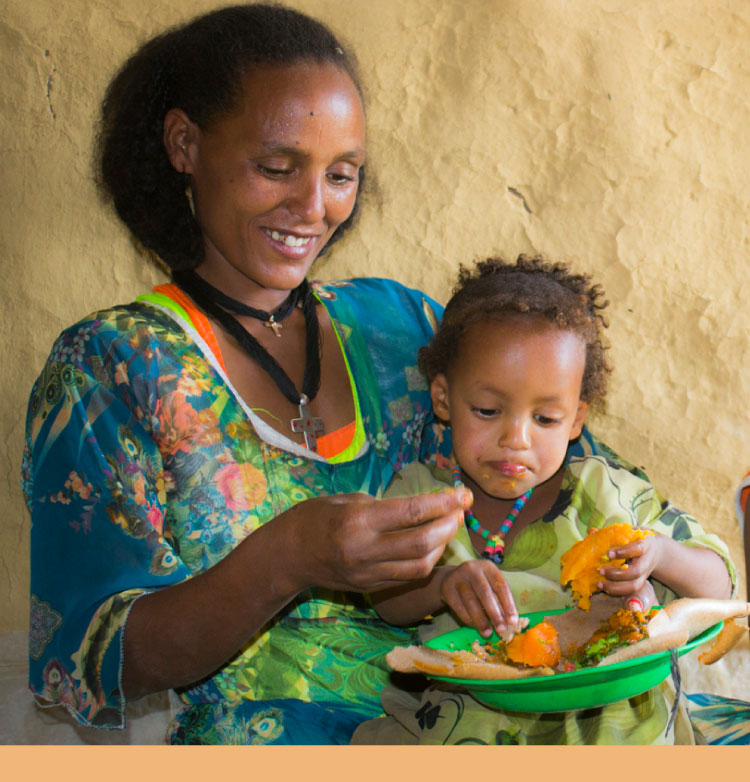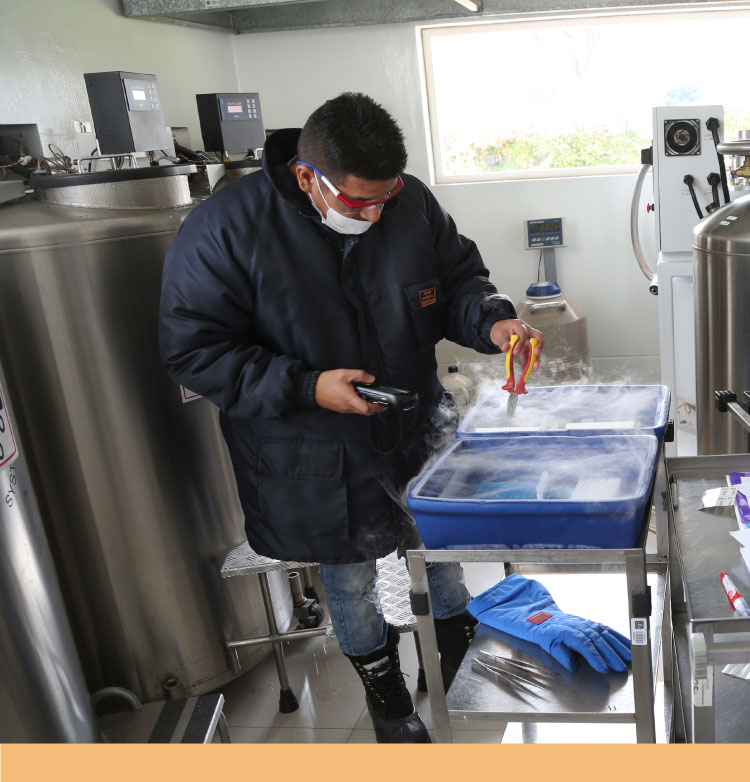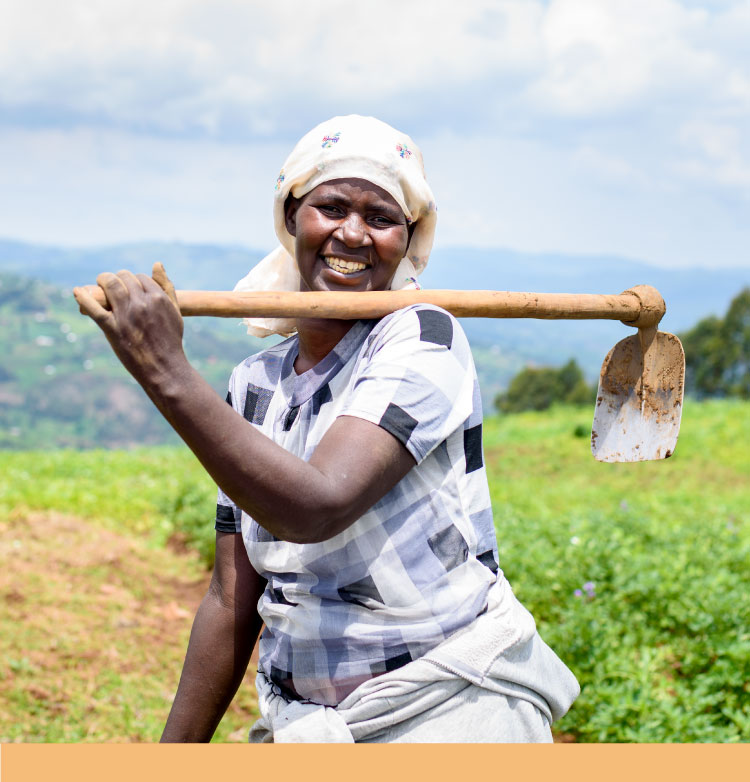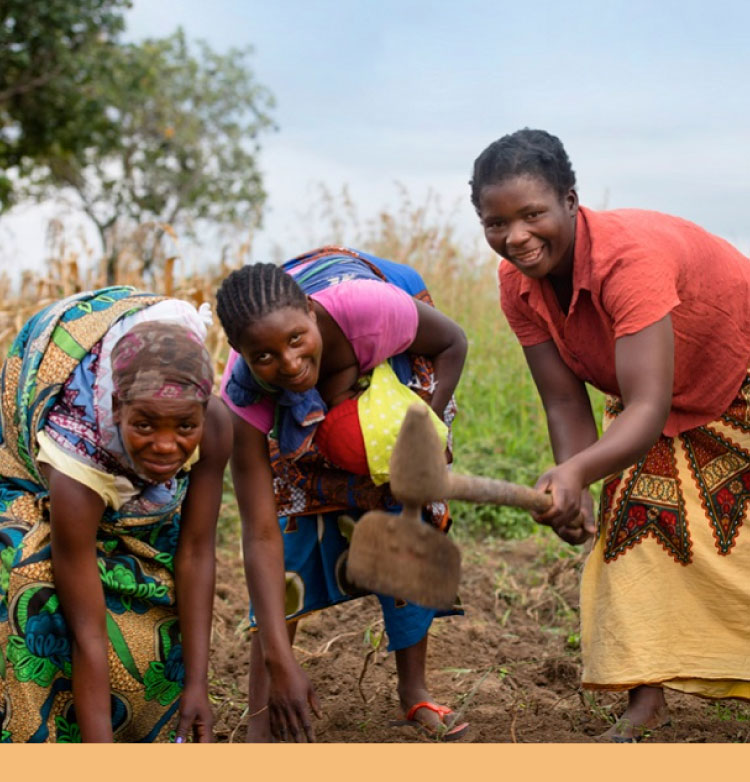Nutrition, health and food security
Deficiencies of vitamin A, iron and zinc—essential for healthy growth and development—are among the most debilitating forms of undernutrition, and disproportionately affect vulnerable populations, including women of childbearing age. Potatoes and sweetpotatoes can be important sources of these essential nutrients, and CIP and partners have dedicated the past 15 years to increasing the nutritional value of potato and sweetpotato through biofortification, while educating vulnerable populations about nutrition and the importance of diet diversification.
KEY OUTCOMES
- Evidence of the efficacy and effectiveness of biofortification in reducing micronutrient deficiencies and associate health problems galvanized a broad coalition of delivery partners, including government services, NGOs and UN agencies, to disseminate pro-vitamin-A biofortified sweetpotato through agricultural and nutrition programs, reaching more than 6.8 million households in over 20 countries. In Africa, these partners received technical training and knowledge support through the multi-institutional Sweetpotato for Profit and Health Initiative from 2009-2019.
- The impact of biofortified sweetpotato consumption on child and maternal nutrition status in at-risk populations convinced governments and regional communities to include the crop, and biofortification more generally, into their nutrition strategies and investment plans. Biofortified sweetpotato has been prioritized in national nutrition strategies in Bangladesh, Kenya, Mozambique, Nigeria, Tanzania and Uganda, and by the African Union Commission.
- Since 2014, biofortified sweetpotato puree has been increasingly used as an ingredient in the commercial bakery sectors of Ethiopia, Ghana, Kenya, Malawi, Mozambique, Rwanda and South Africa. Nutritional and functional attributes of puree make it a valuable and cost-effective technology, resulting in an expanding supply of ‘sweetpotato bread’ and other healthy food choices in mainstream markets. Kenya’s two largest supermarket chains now use that puree to make sweetpotato buns and bread, with annual sales exceeding USD 1 million. Studies estimate that potential demand in Kenya and South Africa for puree as an ingredient in bread products amounts to USD 5 million annually.
PROVEN INNOVATIONS
PROMISING INNOVATIONS AND INITIATIVES
Recent advances with molecular marker technology and breeding have enabled the division of sweetpotato breeding populations into two very diverse genetic groups. The exploitation of heterosis through hybrid varieties in root, tuber and banana crops has lagged behind progress in maize, millet and sorghum. But this is expected to change, as the first hybrid sweetpotato clones will go into registration trials within a year in Uganda, and subsequently, in Mozambique in 2023. In line with targets set by the CGIAR Excellence in Breeding Platforms, such genetic gains bring about increases in yields, and climate- and disease-resistance.


